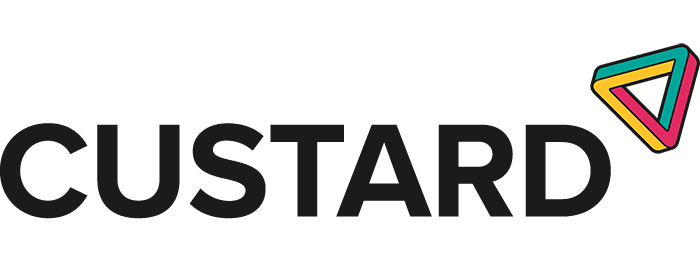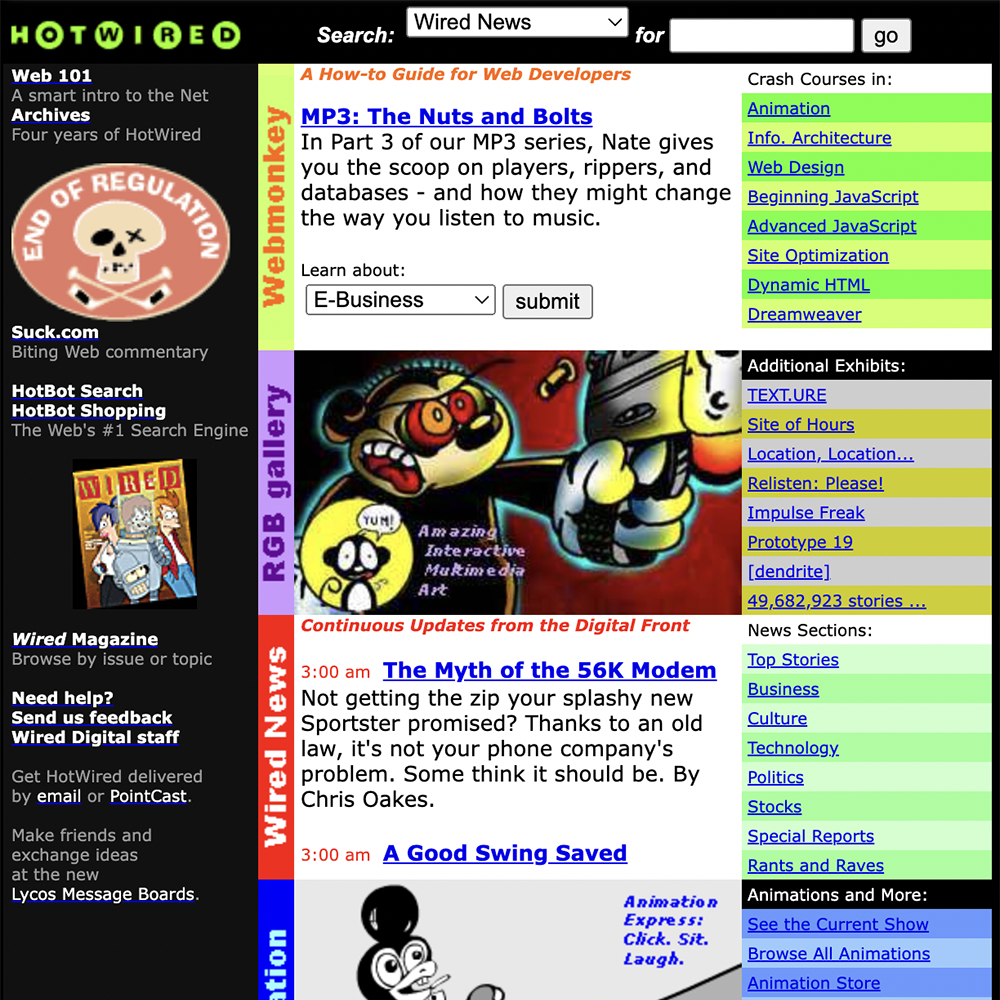
Death, taxes, and 404 errors. Get the quick answers to your 404 questions in our breakdown of the most common queries about how 404 errors affect SEO.
Links are inarguably one of the most important aspects of SEO. When another website links to your content, it’s a signal of trust and authority. In the medium to long term, as part of a sustained SEO campaign, these links will increase your organic visibility.
However, if you change your website’s URL structure or delete a page that other sites link to, you create a 404 error. Not only is this bad for users, it also means that any flow of search equity (we’re calling it search equity, you might call it PageRank, link juice, or any one of a number of other strange names) that the link provided is stemmed. On a large scale, this is likely to result in worsened organic performance.
Managing your 404 errors and adding redirects to pages with inbound links is a simple process that will help you avoid losing the search equity that you’ve built through links in the past. Read on to learn everything you need to know to prevent 404 errors from affecting your SEO efforts.
What is a 404 error?
404 is a HTTP response status code, one of a group of codes that servers use to respond to requests from browsers. The 404 status code signals a ‘Not Found’ error – a message alerting you to the fact that your browser was able to connect to the server it was looking for, but that the target page couldn’t be found.
A 404 error will be displayed whenever a link that no longer points towards a live webpage is clicked. For example, if another website links to a page on your website which you later delete, following that link will lead to a 404 error page.
Are 404 errors bad for SEO?
Google’s official stance on 404 errors is fairly straightforward, recognising that they’re a normal part of the internet:
404s are a perfectly normal part of the web… In fact, we actually prefer that, when you get rid of a page on your site, you make sure that it returns a proper 404 or 410 response code (rather than a “soft 404”).
Whoever came up with the idea that having 404s gives a site any sort of penalty, you’re wrong. Utterly wrong.
— Gary “鯨理/경리” Illyes (@methode) August 6, 2015
When a link directs users to a page that returns a 404 error, Google understands that the page is no longer available and will eventually remove it from their search index, meaning it’ll no longer appear in SERPs. However, there’s also an effect on the flow of search equity into your site, with any benefits from backlinks pointing to that page effectively being wasted.
If there are lots of external links pointing to broken or non-existent pages on your website, you’re missing out on link value that could help your SEO campaign. And since it’s mostly thought that the benefits of search equity built through links expands beyond the page level, providing a boost to the entire domain, 404 errors could be harming your entire website, not just specific pages.
How to fix 404 errors
The easiest and most effective way to fix 404 errors, from an SEO perspective, is to use a 301 redirect to the next most relevant page.
301 is another HTTP response code that signals to the user’s browser and Google’s crawlers that your content has moved permanently from one URL to another one. Unlike 404 errors, 301 redirects keep search equity flowing through your site.
When you come across a link that delivers a 404 error, use a 301 redirect to move users on to the next most relevant page on your website. This should also allow the search equity amassed by the original URL to pass on to the new one and, theoretically, will mean that the new URL will assume the ranking positions that the previous one held, as long as it’s still relevant to the queries.
For example, if you run an e-commerce website that sells leather shoes and notice a lot of valuable external links pointing towards a specific leather boot product page that has since been deleted, setting up a 301 redirect to the parent leather boots category should preserve the earned search equity.
The same principle applies to informational content that has become irrelevant and, therefore, been deleted. If there’s another page that it makes sense to redirect users to, where they can still get their search intent met with content relevant to their query, use a 301 redirect to take them there.
How not to use 301 redirects
The key to an effective 301 redirect is relevance. If you redirect users to a page that has similar content to the deleted page on your website and improves their overall experience, you’re likely to maintain the search equity the original page earned while also contributing towards good user experience.
If you redirect users towards another irrelevant page on your website that you simply want to rank higher, especially if the page is completely unrelated to the original content, you risk not only confusing users but also still missing out on the benefits of the amassed search equity.
It’s also important not to use 302 redirects, which are designed to indicate that your content is only moving temporarily. While 302 redirects help users, they don’t pass search equity.
What if you have a lot of 404 errors?
If you’ve recently restructured your website or switched to a new CMS, causing large scale URL changes, you might have hundreds or thousands of pages returning 404 errors. In this case, redirecting them all to separate pages might not be a viable solution given the significant time that would take.
There are essentially three potential ways to solve this problem.
The first is to bulk redirect all pages to your website’s homepage – a quick and simple solution that probably won’t pass on much of the search equity the old URLs built but will at least keep users from encountering a poor 404 page.
The second option is to export a backlink report from a tool such as Majestic, Ahrefs, or Moz and prioritise setting up relevant 1:1 301 redirects from the pages with the most backlinks. This method should preserve the majority of the really valuable search equity gained from links in the past. URLs with few valuable links or very little commercial value can then still be redirected to your homepage.
Alternatively, you can create a custom 404 page that actually provides value to the user. For instance, if you’re forced to 404 an old product because it’s no longer on offer, but there’s no similar product to redirect the URL to, a custom 404 page could display the original product information, an explanation as to why it’s not available, and links to product categories that could potentially meet the searcher’s intent.
What’s actually probably best in most cases where websites have large-scale SEO issues is a combination of the above three solutions.
Does your website have a 404 problem?
While almost every website has some pages that return 404 errors, you have an issue if hundreds or thousands of your valuable backlinks currently drive traffic and search equity towards broken pages. The first step to fixing this issue is to identify the scale of the problem by running a crawl of your website and exporting your backlink profile to see how many internal and external links lead to 404s. Once you’ve found all of the broken pages, you can decide what to do with them, whether that’s redirecting to a different page, making your 404 page better, or just leaving it alone.





